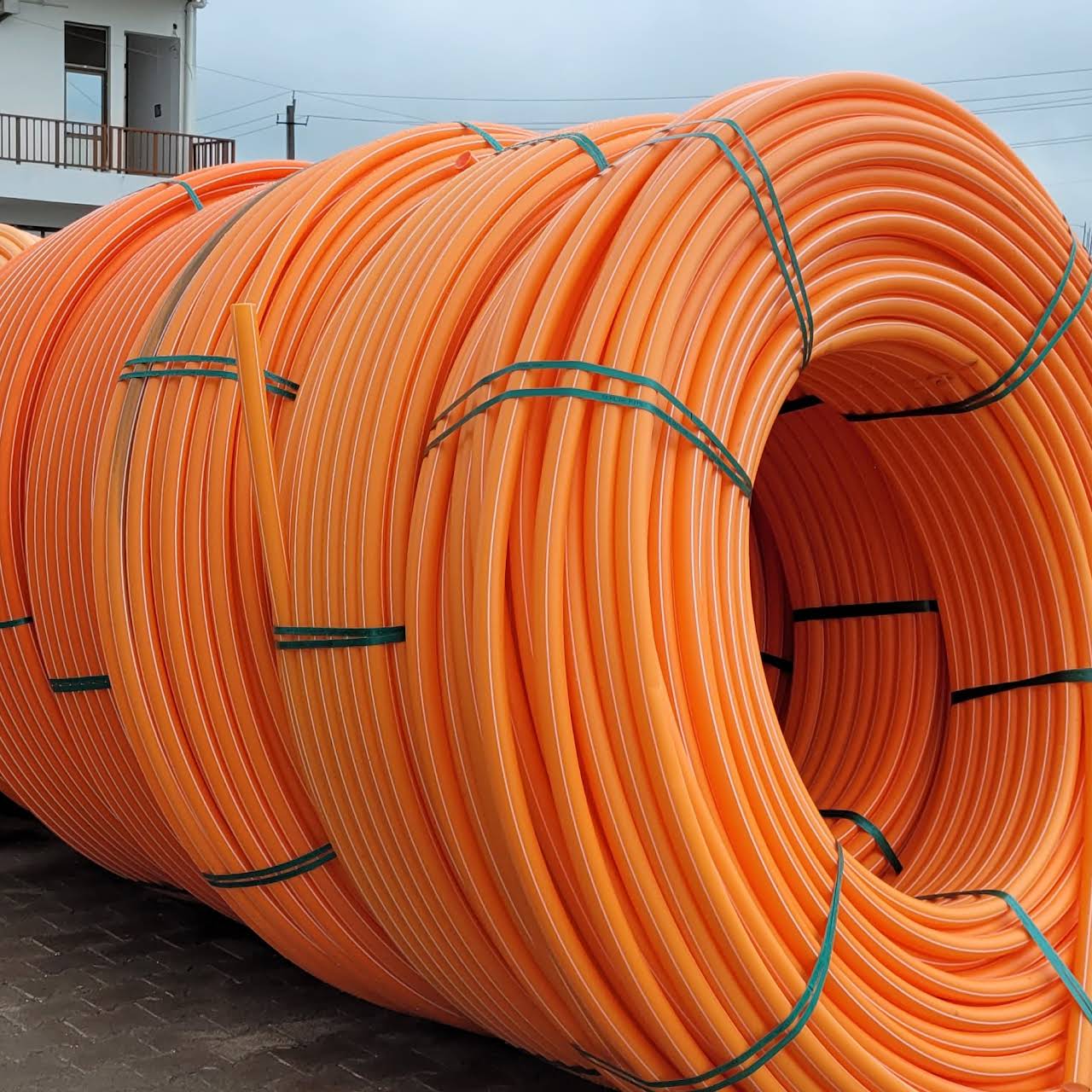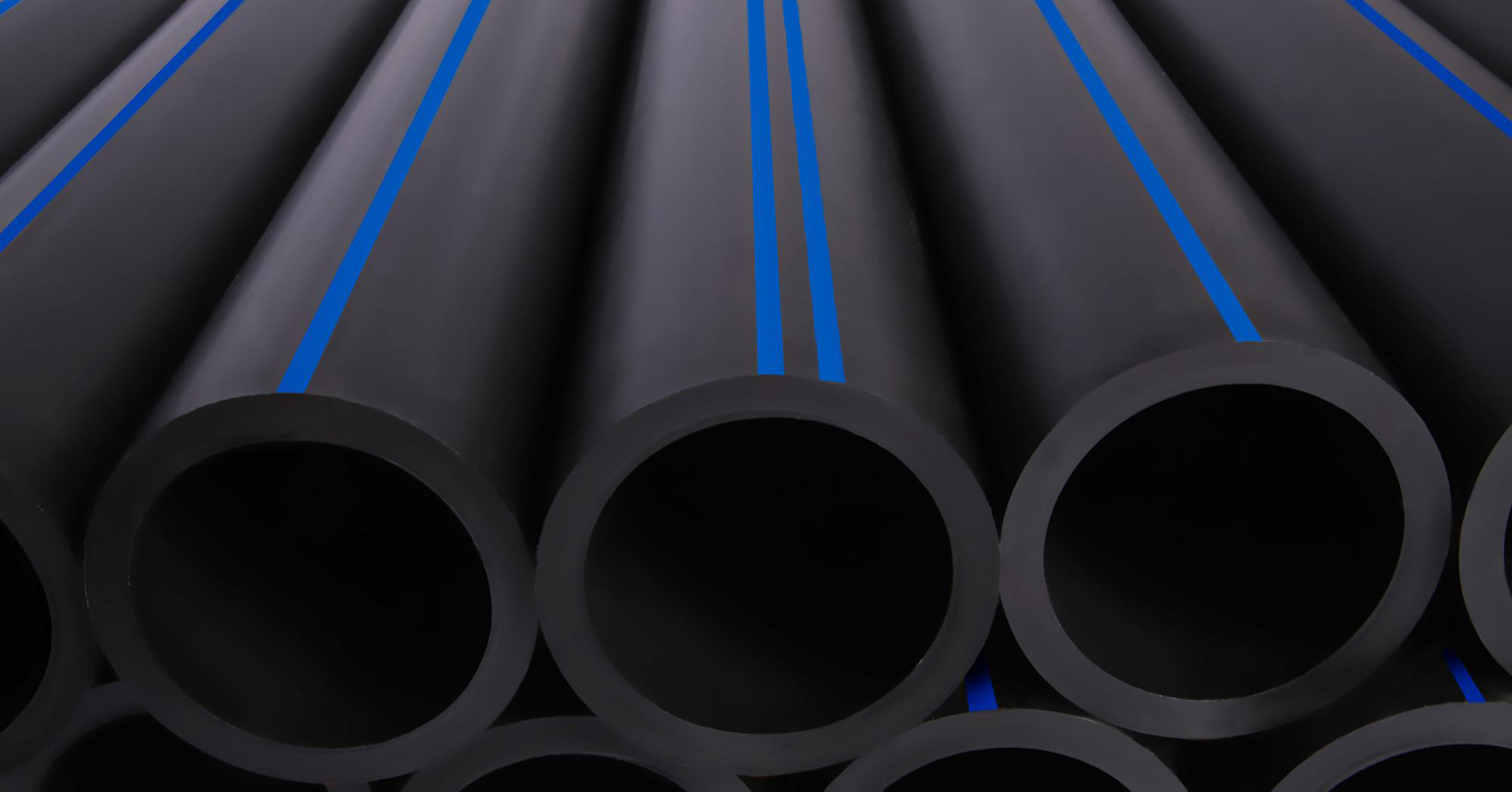The Role of Pipe Manufacturing Midland TX in Driving Local Projects
The Crucial Steps for Successful Setup of HDPE Pipeline in Your Next Job
Effective setup of HDPE pipeline requires mindful preparation and execution. Secret actions consist of reviewing project needs, preparing the website, and choosing correct joining techniques. Each phase plays an essential duty in ensuring the honesty and performance of the pipe. Comprehending these important actions can substantially influence the overall success of the task - American Plastics HDPE Pipe for Oilfield. Nonetheless, the subtleties of each action may hold the key to getting rid of typical challenges encountered during installation
Recognizing the Conveniences of HDPE Pipeline
High-density polyethylene (HDPE) pipeline offers countless benefits that make it a favored choice for different applications. Its high resistance to rust and chemicals guarantees sturdiness sought after environments, significantly prolonging the life expectancy of installations. In addition, HDPE's adaptability permits for much easier setup, particularly in challenging terrains, as it can bend without breaking. The lightweight nature of HDPE pipe simplifies transport and handling, decreasing labor expenses during setup.
HDPE pipeline is recognized for its low friction coefficient, which improves liquid flow and minimizes energy consumption. Its smooth building and construction minimizes the danger of leakages, adding to much better source administration and environmental management. In enhancement, HDPE is recyclable, straightening with lasting practices and lowering environmental impact. On the whole, the mix of strength, versatility, and eco-friendliness makes HDPE pipe a superior choice for a large array of projects, from water distribution to commercial applications.
Planning Your HDPE Pipe Setup
When preparing an installation of HDPE pipe, careful factor to consider of a number of essential variables is crucial to protect an effective job. Job managers need to analyze the specific demands of the pipe, including the meant usage, flow prices, and ecological conditions. Recognizing these specifications will guide the selection of suitable pipeline dimensions and material quality.
Next off, timelines ought to be developed, considering procurement timetables and any type of prospective hold-ups. Coordination with regional authorities for permits and governing compliance is also important. Additionally, a thorough spending plan must be prepared, including all prices connected with products, labor, and equipment.
Lastly, it is necessary to engage a certified group experienced in HDPE pipeline installation. Their know-how will certainly help alleviate dangers, assurance adherence to industry standards, and eventually add to the job's success. Extensive planning prepares for a smooth installation procedure and durable efficiency of the HDPE piping system.
Preparing the Website for Installation
Correct website preparation is crucial for the successful installation of HDPE pipeline. Before setup starts, the site must be extensively evaluated to ensure it fulfills all needed requirements. This includes checking the ground for existing frameworks, utilities, and possible risks that could hinder the installment procedure.

Appropriate altitude and placement ought to be developed to preserve a regular gradient for water drainage functions. Correct drainage around the setup website is likewise critical to stop water buildup, which can result in problems down the line.
Strategies for Signing Up With HDPE Pipes
Achieving a reputable link between HDPE pipelines is essential for making sure the stability and durability of the setup. Various techniques exist for signing up with these pipelines, each matched for different task needs. Blend welding is one of the most typical approaches, making use of warmth to bond the pipeline finishes with each other, creating a smooth and sturdy connection. This method can be further categorized right into socket fusion and butt blend, relying on the pipe setups.
Mechanical fittings are one more alternative, utilizing clamps and threaded ports to sign up with sections of HDPE pipeline. While usually faster to install, they might call for additional upkeep over time. Electrofusion is a customized approach that involves using electrical existing to warmth and fuse the pipes through particularly developed installations, ensuring a strong bond. Choosing the ideal joining strategy is critical, as it directly impacts the total efficiency and dependability of the HDPE piping system in the desired application.
Evaluating and Examination of Installed Water Lines
The screening and inspection of installed HDPE pipelines are crucial to guaranteeing their capability and long life. This process encompasses aesthetic assessment methods, pressure testing approaches, and leak detection treatments to identify potential concerns. By using these methods, experts can verify the honesty of the installment prior to it is placed into usage.
Visual Inspection Techniques
Using efficient aesthetic examination strategies is essential for ensuring the honesty of installed HDPE pipelines. Assessors must methodically examine all noticeable areas of the pipeline to determine any indications of damage, misalignment, or improper installation. Trick signs to assess consist of joint integrity, surface area abnormalities, and links. Assessors might utilize tools such as magnifying glasses or cams to boost presence and detail. It is vital to look for indications of ecological stress and anxiety, such as buckling or extreme bending, which might compromise efficiency. Consistent documentation of searchings for enables for tracking adjustments gradually and helps guide required repair services. By adhering to check this well-known visual inspection protocols, task groups can notably minimize the risk of future failures and assure long-term integrity of the piping browse around this site system.
Stress Checking Approaches
Visual examination acts as a preliminary measure, yet it is not sufficient on its very own to guarantee the performance of installed HDPE pipes. Stress screening techniques are crucial for ensuring the honesty of these systems. Usually, hydrostatic screening is employed, where the pipelines are full of water and based on stress degrees over the desired operating pressure. This method aids determine weak points or prospective leakages. Pneumatic screening can likewise be made use of, although it lugs greater threats as a result of the compressibility of air. No matter the technique chosen, sticking to market requirements and safety and security methods is vital. After performing stress examinations, detailed documents is needed to verify the results and confirm that the installment fulfills all operational requirements prior to proceeding to the next phase of the job.

Leak Discovery Procedures
Just how can one assure that set up HDPE pipes are devoid of leakages? Reliable leakage detection treatments are vital to secure the stability of the system. Originally, aesthetic examinations ought to be carried out, looking for indications of water build-up or soil erosion around pipeline joints. Following this, pressure testing can validate the system's strength. An usual method is the hydrostatic test, where water is introduced under stress, monitoring for drops that show potential leakages. Additionally, advanced modern technologies, such as acoustic sensors or infrared thermography, can discover leaks that may not be noticeable. Regular surveillance and maintenance further add to the longevity of HDPE pipelines, guaranteeing they continue to be leak-free throughout their operational life-span. Correct documentation of these procedures is essential for conformity and future reference.
Upkeep Tips for Long-Term Performance
To guarantee the durability of HDPE pipelines, developing a routine examination timetable is essential. This proactive approach permits the very early discovery of potential concerns, decreasing pricey repair work. Additionally, implementing correct cleaning methods will assist maintain peak performance and avoid build-up that can influence performance.
Normal Assessment Set Up
HDPE pipelines are known for their resilience and resistance to rust, establishing a regular examination timetable is vital for guaranteeing their long-lasting performance. Routine assessments help recognize possible problems such as leakages, joint stability, and ecological influences that might influence the pipe's functionality. It is suggested that assessments take place a minimum of biannually, or extra regularly in environments with severe conditions. hdpe pipe fittings Midland TX. During these evaluations, visual checks must be carried out to identify indicators of wear or damages. Furthermore, utilizing innovation such as ultrasonic testing can offer additional understandings right into the pipe's condition. By applying an organized assessment schedule, project managers can proactively resolve troubles, thus prolonging the lifespan of HDPE pipelines and preserving system performance
Appropriate Cleaning Techniques
Correct cleaning strategies play an important duty in keeping the lasting performance of HDPE pipes. Normal cleaning protects against the accumulation of particles, sediment, and biofilm, which can bring about blockages and lowered circulation efficiency. Operators needs to employ approaches such as high-pressure water jetting or foam cleaning to efficiently remove impurities without harming the pipeline surface area. It is crucial to prevent using harsh chemicals that might deteriorate HDPE material. Furthermore, set up maintenance checks need to consist of visual examinations for any type of signs of wear or damage. Properly educated workers must execute these cleaning processes, ensuring compliance with safety and ecological policies. By carrying out these methods, the life-span of HDPE pipes can be substantially prolonged, guaranteeing optimal performance throughout their functional life.
Often Asked Concerns
What Are the Environmental Influences of HDPE Pipe Production?
The ecological effects of HDPE pipeline manufacturing include greenhouse gas discharges, power consumption during manufacturing, possible plastic pollution, and difficulties in reusing. HDPE's long life and resistance to rust can reduce some environmental issues.
How Does HDPE Pipeline Compare to Various Other Materials?

What Equipment Are Essential for HDPE Pipeline Setup?
Crucial tools for HDPE pipe setup include a combination equipment, pipe cutters, shovels, measuring tape, and security equipment. Correct tools guarantees effective, risk-free handling and installation, adding to the job's overall success and stability.
Are There Any Kind Of Details Rules for HDPE Pipe Installment?
Particular regulations for HDPE pipeline setup vary by area, frequently governed by regional, content state, or government codes. Conformity with these policies guarantees safety and security, environmental management, and functionality, making adherence vital for successful project end results.
Can HDPE Pipeline Be Recycled After Use?
Yes, HDPE pipes can be reused after use. Their polycarbonate nature enables reprocessing, making them suitable for reusing right into new products. This sustainability facet contributes to ecological conservation and advertises round economy techniques in construction.